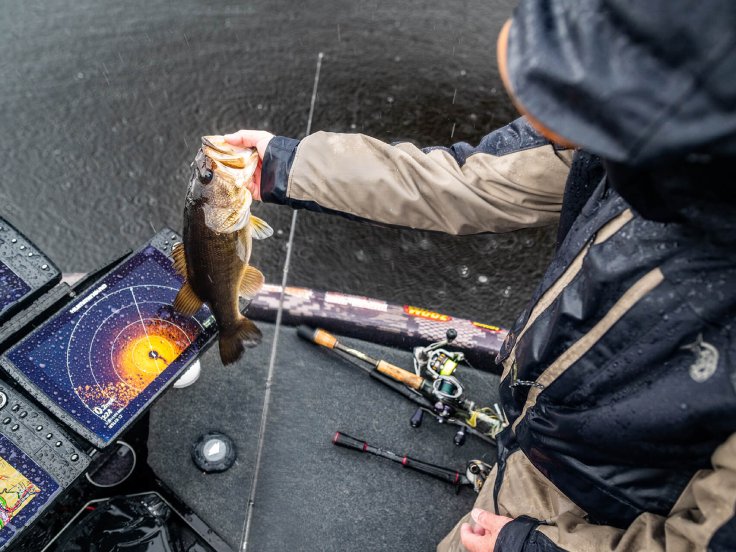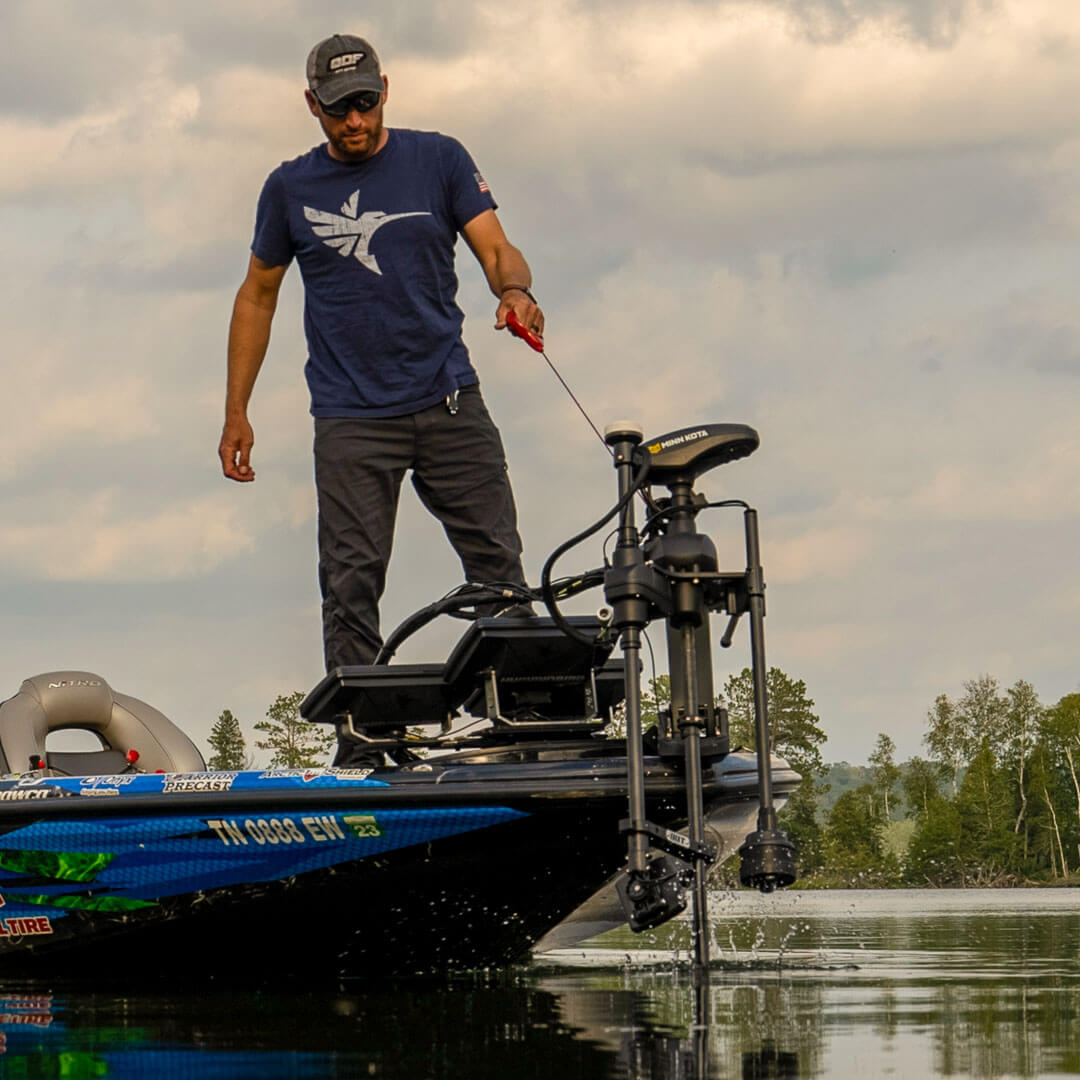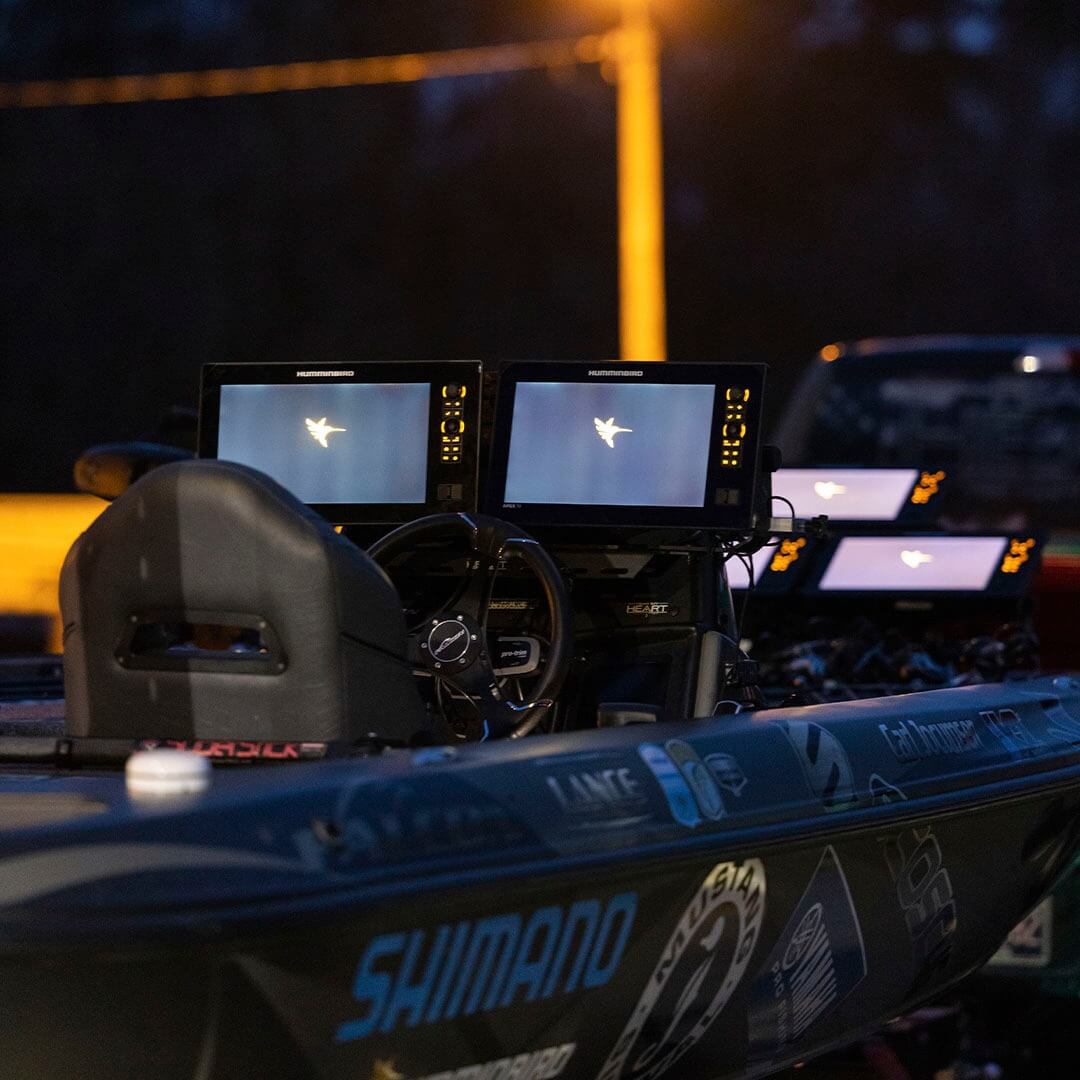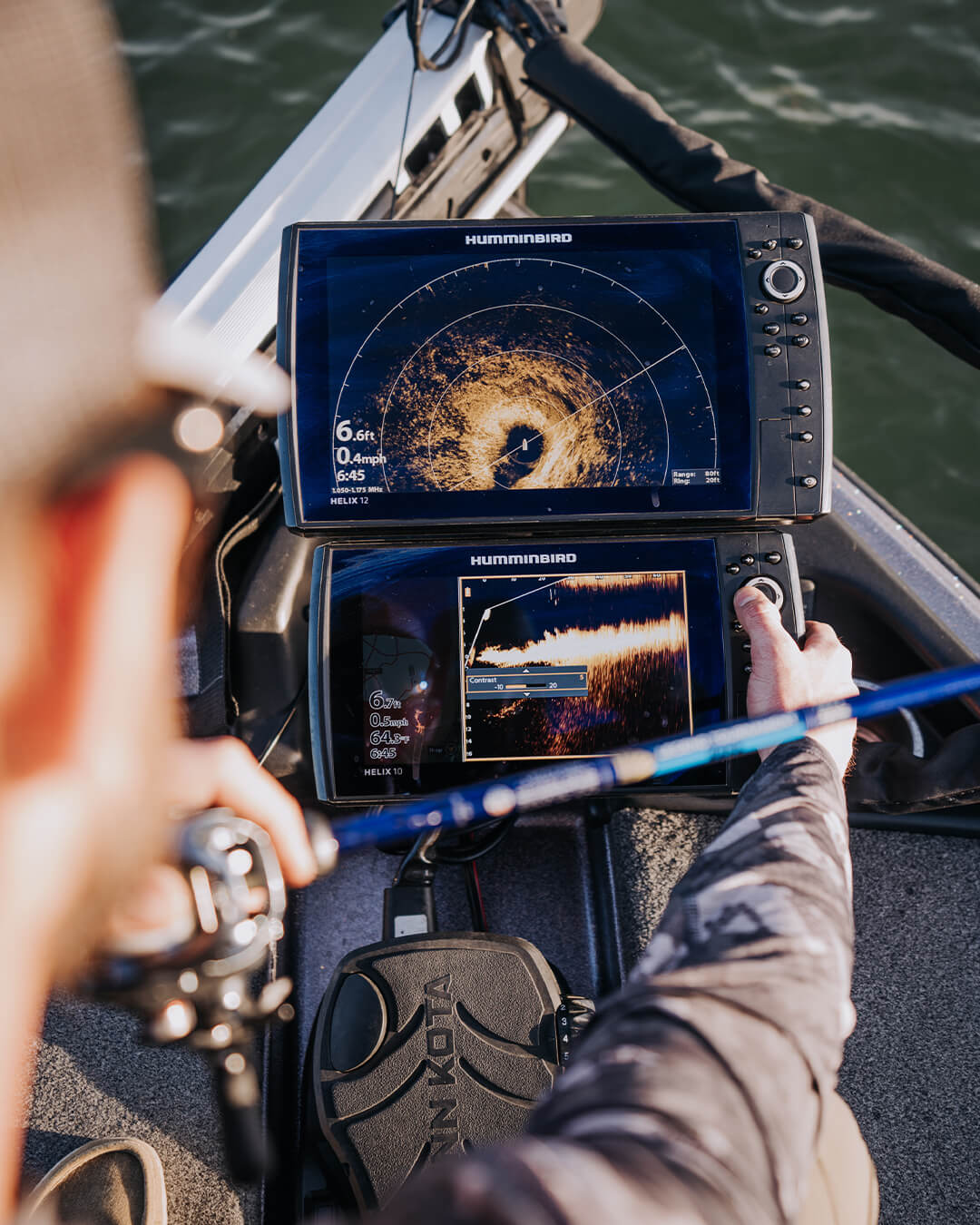
Fishfinders have become indispensable tools for boat-owning fishermen, enhancing their fishing experience. They allow you to spot fish and know the depth of the seabed, making fishing much easier.
However, with so many different models available on the market, it can be difficult to choose the one that best suits your needs. In this article, we'll look at the different criteria you need to take into account to make the best choice when it comes to a fishfinder for boat fishing.
Types of fishfinder

There are several types of fishfinder, each with its own characteristics and advantages. Your choice will depend on how you want to use it and the type of fishing you do.
- Traditional echo sounder: This is a basic model that provides information on depth and the presence of fish by means of an echo beam. This type of sounder is recommended for occasional use or for beginners.
- GPS fishfinder: In addition to the functions of a traditional fishfinder, this model incorporates a GPS to pinpoint your position and save your favourite fishing spots. Ideal for regular anglers and those who often navigate in unfamiliar areas.
- Combined: This type of fishfinder combines the functions of a traditional fishfinder, a GPS and sometimes even radar. It offers a complete solution for navigation and fishing. Combined units are particularly suitable for experienced fishermen and owners of medium to large boats.
Sonar power and frequency

The power of the fishfinder is a crucial factor to take into account when making a purchase. It determines the unit's ability to detect and display precise information on depth and the presence of fish. Higher power means clearer and faster data, which is essential when sailing at high speed or in deep water.
As far as frequency is concerned, this affects the coverage and accuracy of the information provided by the sounder. A high frequency (200 kHz or more) is recommended for shallow waters, as it offers better image resolution and allows more accurate identification of fish. In deep water, on the other hand, a lower frequency (50 kHz) is preferable, as it penetrates more deeply and offers a greater range.
The type of transducer
The choice of transducer is also important, as it determines the performance of the sounder. There are two main types of transducer:
- Integrated probes: These are fixed directly to the boat's hull and offer easy, unobtrusive installation. However, they can be less accurate than external probes and require regular maintenance to prevent clogging.
- Through-hull sensors: More cumbersome and difficult to install, these sensors nevertheless offer better accuracy and greater range thanks to their positioning below the waterline. They are particularly well suited to professional fishing boats and deep waters.
CHIRP technology
Many modern fishfinders incorporate CHIRP (Compressed High Intensity Radar Pulse) technology, which improves the accuracy and clarity of the information provided by the fishfinder. By emitting pulses at different frequencies, this technology offers better image resolution and reduces interference between signals. We therefore recommend that you opt for a fishfinder equipped with CHIRP technology if you're looking for optimum performance.
The screen and display

The fishfinder screen plays a major role in the quality of the user experience. Criteria to consider when choosing the screen include:
- Screen size: The larger the screen, the more legible and detailed the information displayed will be. However, a larger screen can also mean higher power consumption and a larger footprint.
- Resolution: A screen with a high resolution (at least 800 x 480 pixels) displays images that are sharper and more precise, making it easier to read the data.
- Type of display: Fishfinders can have a monochrome or colour display. While the former is generally less expensive, colour models offer better contrast and make it easier to distinguish fish from the seabed.
To sum up, to choose the ideal fishfinder for boat fishing, it's essential to take into account your specific needs (type of fishing, frequency of use, size of boat), as well as the product's technical characteristics (power, frequency, type of transducer, CHIRP technology, screen). Don't hesitate to ask around at specialist retailers and consult the opinions of other users to make the choice that's best for you.
You might also like to read our other articles on fishfinders:
